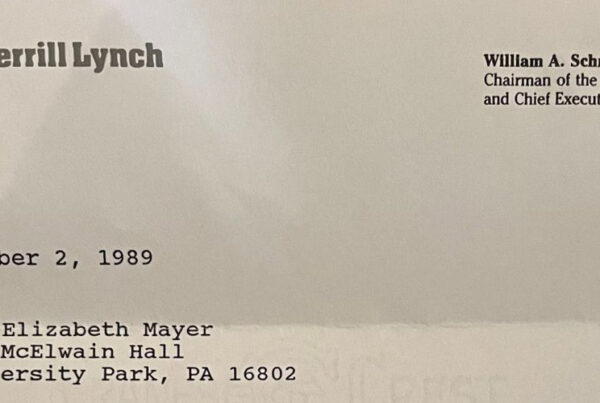
I have known Brian Lambert for years as he has been an association partner and client. He now runs the Sales Training Drivers program at the Association for Training & Development (ATD). During one of our conversations, we talked about doing a webinar on how business storytelling can be used to better tell the “training story” in organizations. Too often, training is one of the first line items cut from a budget. Why? Because rarely is there an internal senior leadership champion touting the many tangible benefits of training.
And last week, I delivered “Five Steps to Use Business Storytelling – Making Training Fun while Selling the Value to Internal Stakeholders.”
The team at ATD was great. They helped make this one of the most popular web seminars for ATD. Over 600 trainers from around the world attended.
5 IMPORTANT STEPS TO SELL THE VALUE OF TRAINING
I shared five important process steps for the trainers to think about to secure funding and opportunities for professional development and leadership development.
- Follow Your Own Process. Great communicators, great storytellers all follow a process for developing engaging and compelling business stories. I shared The Chief Storyteller ®‘s The Great Stories Framework™.” It is a five-step framework:
- Select your experience from your life appropriate to the event and your audience.
- Identify your key benefit message. This should be fewer than 10 words. We call this your Better Tomorrow Message™.
- Develop your call-to-action. Identify what do you want your audience to do differently after hearing your message
- Write the beginning of your story like a movie scriptwriter. Set up the situation, intrigue us, inspire us with your Better Tomorrow Message™. Write the middle of your business story. This is the build-up. Add excitement, add action, add dialogue. End with your lesson learned. What did you experience, how were you transformed? Ensure the audience feels it!
- Share your call-to-action developed in step (iii) in a narrative format.
- Know Your Audience. Before you select the right story, you have to know your audience. Research their qualitative and quantitative characteristics to help you tailor your messages and words to them.
- Select the Right Story Type. Based on your audience and your goals, select the right story type to share. Do you need a catalyst for action? Do you need to prove and persuade? Perhaps, you need the organization to work better together? Or build stronger relationships between you and your team(s)? (there are a variety of story types).
- Choose from Your Story Library. Either select an experience, a story from your existing story library or develop a new one to best meet the needs of (2) and (3).
- Tell Your Great Stories. Think of yourself as an orchestra conductor with three instruments–your voice, your body, and your words. All of them must be in synch for your audience to enjoy them and be inspired to act. Practice in front of trusted colleagues.
Then I spent some time talking about telling stories in training as well as public speaking delivery techniques to make training and presentations more fun. Combining quality educational content with some fun concepts, interactions, and exercises lead to better retention, better performance, and better results.
Photography Source: logos from ATD
#storytelling #storytellingforsales #sales #training #workshop



